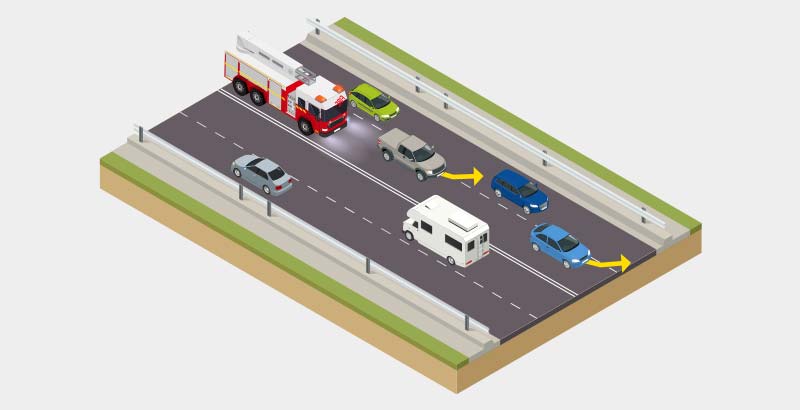Fire or life threatening emergencies: 000
Emergency Information: 13 3337
SES Emergency Assistance: 132 500
A tsunami is a large wave that travels quickly across the oceans surface. Tsunamis can be caused by earthquakes, landslides on the seafloor, volcanic eruptions and even asteroid impact in the ocean.
A tsunami that impacts the land may appear as a giant wall of water reaching up to 30 meters high. Offshore tsunamis are lower in height but move very fast, over 800 kilometres per hour.
Even small offshore tsunamis of just 50 cm in height can have a huge run growing in wave height as they approach the land, causing severe damage when they impact.

Did you know? Geoscience Australia conducted an offshore tsunami hazard assessment in 2018, which looked at waves generated by earthquakes in the northeastern Indian Ocean. It found that significant tsunami waves, measuring up to 4 meters high, are expected to occur off the coast of North West Western Australia. Due to runup, the height of these tsunamis at the coast may be several times higher than these offshore wave heights.

Tsunamis are one of the most devastating natural disasters worldwide. They have the potential to cause severe damage to coastal regions, resulting in flooding, structural damage, and loss of life. Additionally, tsunamis can generate powerful currents and rips, which can persist for several days after the initial impact. This prolonged effect can significantly impact both marine and land environments.
In Western Australia (WA), the effects of a tsunami can extend beyond the coast and onto the land, going up estuaries and into river systems, posing a serious threat to both human and animal life, as well as the natural environment.
Although the risk of a tsunami in WA is lower than in other parts of the world, it is still crucial to be aware of the potential danger and take measures to safeguard yourself and your property. The Sunda Trench in Indonesia is the primary source of earthquake-generated tsunamis in WA. As a result, the entire WA coastline is vulnerable to these tsunamis, including southwest communities located farther from the trench. This vulnerability is due to the low-lying land and densely populated towns in close proximity to the coast.

Advances in early warning systems have helped reduce the death toll from tsunamis in recent years by providing people in affected areas with sufficient time to evacuate to higher ground before the waves arrive. Nevertheless, it is vital for all coastal communities in WA to be aware of the dangers of tsunamis and take steps to protect themselves and be prepared to take action as soon as they receive a warning.
DFES works closely with the Bureau of Meteorology and Geoscience Australia who jointly operate the Joint Australian Tsunami Warning Centre (JATWC), one of the world’s most advanced tsunami warning services. JATWC provides 24/7 tsunami monitoring, detection and warning systems.
The Bureau issues tsunami alerts to DFES and the public when there is a tsunami threat. Once DFES receives an alert from the Bureau, warnings are displayed on the Emergency WA website.
Tsunami Watch: You need to prepare for the possible arrival of a tsunami.
Marine Warning: You need to move to a safer place now.
Land Warning: You need to leave for a safer place, or prepare to take shelter
Tsunami All Clear: The tsunami has passed, but there may still be hazards.

When a tsunami warning is issued, you are encouraged to evacuate on foot to a safer location. However, if you are travelling or must drive, make sure you know what to do if see an emergency vehicle:
Remember: It is an offense not to give way to an emergency vehicle. The penalty is a fine and loss of demerit points. For more information, please refer to the Road Safety Commission website.
It’s critical that you know how to access different information sources to stay up to date during an earthquake.
During mobile network outages, radio is often the most reliable source of information. It is essential to have a battery-powered radio or another device capable of receiving broadcasts on AM/FM frequencies to stay informed in such situations.
Call 13 DFES: 133 337
Listen to ABC local radio
Main Roads WA or call 138 138